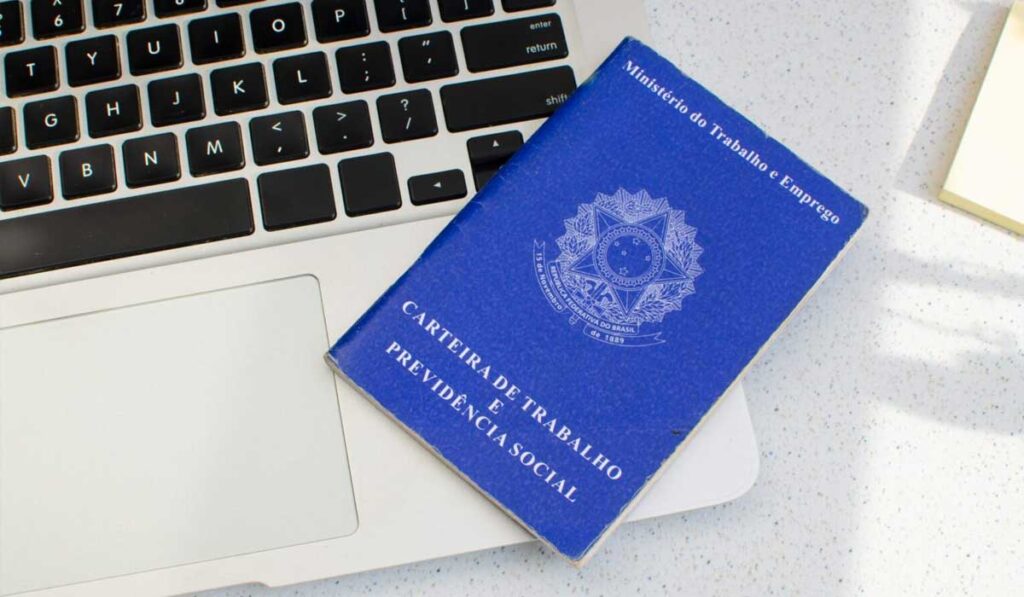The Superior Labor Court (TST) changed the understanding of Jurisprudential Guideline (OJ) 394 of Subsection I Specialized in Individual Disputes (SDI-1), which deals with the payment of regular overtime. The original wording considered it to be bis in idem (repeated payment), the increase in overtime habitually worked, with the corresponding paid weekly rest (RSR), for repercussion on other salary amounts.
The historic judgment of the repetitive appeal incident (IRR), which analyzed the wording of OJ 394, took place on March 20, and marked a change in the wording of the aforementioned Jurisprudential Guideline, which now has the opposite interpretation as its parameter, i.e. the increase in the value of the weekly paid rest due to the integration of habitual overtime is valid, for repercussion in the calculation of vacations, 13th salary, prior notice and FGTS. The new guidance has been applied since March 20th.
It can therefore be concluded that the TST’s new interpretation has, in practice, significant mathematical impacts on the payroll of companies that habitually pay overtime to their employees, since they will have to consider the value of the weekly paid rest, added to the overtime, when forming the calculation basis for the other amounts in the employment contract, which was not the case previously.
To illustrate the impact of this change based on the new understanding, a monthly employee, working 220 hours and earning an hourly wage of R$15.00 (fifteen reais), plus a 50% surcharge, who works an average of 10 hours of overtime a month, will increase a company’s payroll by approximately 21.8% at the end of a year.
Given the current scenario, companies need to align their payroll system with this new interpretation by the TST, in order to avoid legal challenges and unexpected labor liabilities.
It is important to note that in order to ensure legal certainty, a new modulation of the effects of the decision was established, so that the current form of calculation will only apply to overtime in current employment contracts, which occurred as of March 20, 2023, and will not apply to ongoing labor lawsuits, nor to appeals that have been held up for more than five years.
In this sense, collective instruments will be strong allies for the application of this Guideline, since OJ 394 talks about “habitual overtime” and there are no parameters in our legislation that define habituality. Therefore, collective agreements and conventions will act as an important tool in the construction and establishment of the factors that indicate the habituality and/or eventuality of overtime work.
Therefore, in view of the judgment by the Full Court of the TST and the new understanding on the reflexes of habitual overtime, it is essential that companies remain attentive to the new calculation parameters for the incidence of RSR reflexes increased by habitual overtime.








